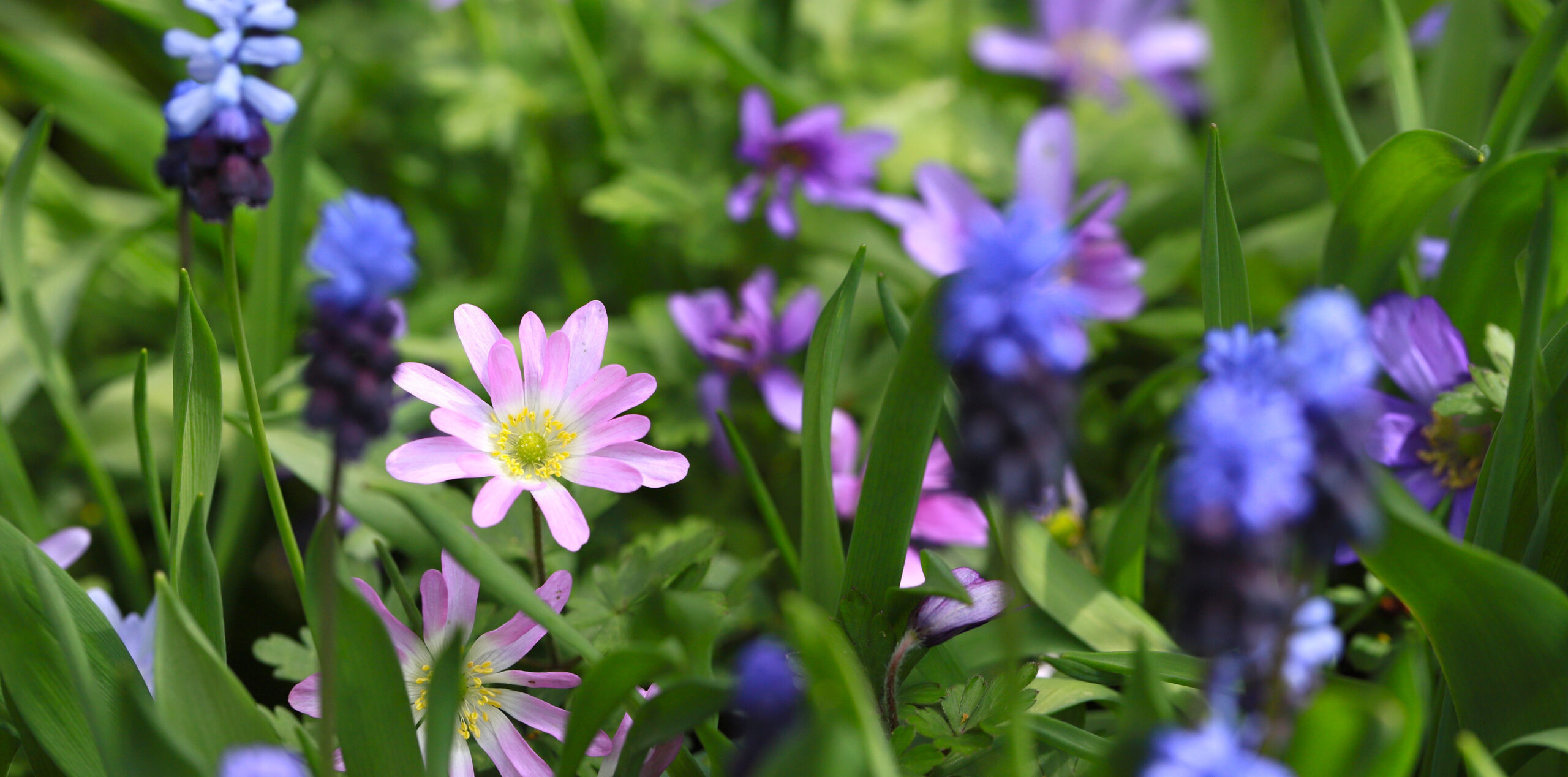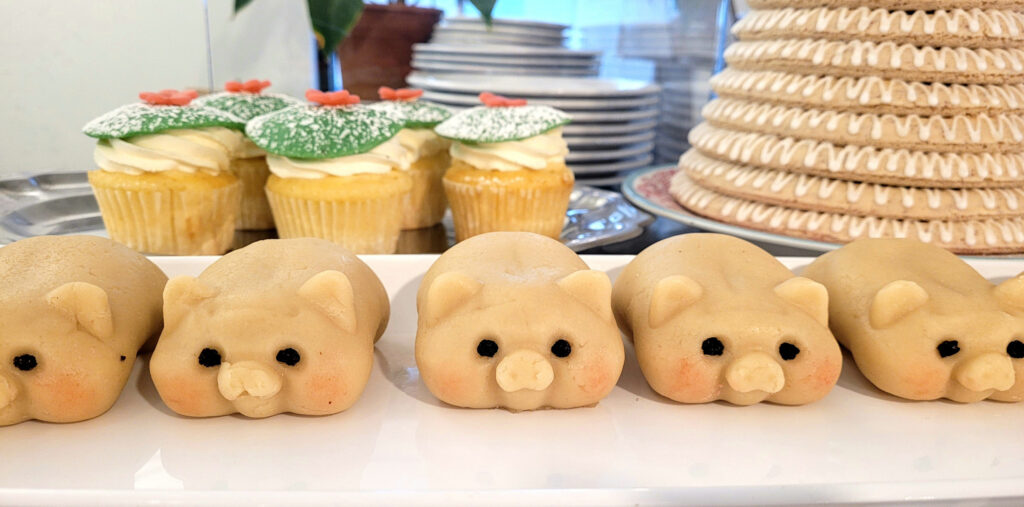story and photos by Kathryn Alvarez –
Now that spring is upon us and flowers are in abundance, you may notice more pollinators in your garden looking for food.
When most people think of pollinators, they think of bees (did you know there are approximately 450 species of bees in British Columbia alone?). But pollinators aren’t just bees – wasps, hummingbirds, butterflies, moths, beetles, ants and other insects are also pollinators as they help many plants reproduce by moving pollen from one flower to another. Pollination is important for a strong, healthy ecosystem as over 80% of the world’s crops rely on pollinators to produce food. Without pollinators, much of our food crops would disappear.
Unfortunately, the numbers of many pollinators are declining. The biggest threats to pollinators are habitat loss, disease, invasive species and the excessive use of pesticides. Luckily, there are things we can do to help:
Restore Natural Habitat
Invasive plants (such as English ivy, Himalayan blackberry, and others here on the Saanich Peninsula) have the unfortunate ability to take over and destroy diversity in an ecosystem. You can help restore natural habitat for pollinators on your own property by removing invasive plants and replacing them with native species.
Protect Bee Homes
Some solitary bees (bees that do not live in a colony) make their homes in fallen trees, under fallen leaves, and even in mud. Consider leaving twigs, branches, stumps and leaf litter on the ground and not clearing them away. Also, leave exposed patches of soil around your property for bees to make their homes.
Say No to Pesticides
Pesticides can be devastating to beneficial insect populations such as pollinators. There are other ways to manage pests that are safer for the environment and its inhabitants. You can find information about alternatives to pesticides on the District of Saanich website:
https://tinyurl.com/mwt8vjr9.
Plant for Pollinators
By considering pollinators’ nesting and foraging needs, we can plant pollinator-friendly gardens.
Bees and other pollinators largely feed on flowering plants and are attracted to certain colours and scents. To bring as many pollinators as possible to your garden, plant a variety of flowering plants of different bloom colours: bees tend to prefer bright white, yellow or blue flowers; hummingbirds are attracted to reds, oranges, and whites; beetles enjoy white or green. The Province of B.C. has listed a selection of flowering plants that are good for a variety of pollinators: https://tinyurl.com/4rafc4hx.
Blooms Year Round
Pollinators are active on the Saanich Peninsula from early spring to late fall, so plant with bloom season in mind. By having a variety of flowering plants on your property and ensuring a steady supply of diverse blooms each month, you are helping pollinators do their job nearly year-round.
Plant in Groups
Plant flowering plants in groups to increase pollination efficiency. Then pollinators don’t have to travel as far between plants and can transfer pollen to the same species.
Native Plants
Use native plants, with a variety of sizes and heights, in your garden as often as possible. This provides the best food and habitat for our native pollinators adapted to this region. There is such a diversity of native plants on southern Vancouver Island, and they can be incorporated into a garden that already has ornamental (i.e. non-native) plants. Read this brochure to learn about gardening with native plants: https://tinyurl.com/2wt4chvm.
By growing pollinator-friendly gardens, you can help provide food, habitat and shelter for these important animals and be a part of the solution to reverse declining pollinator populations.





